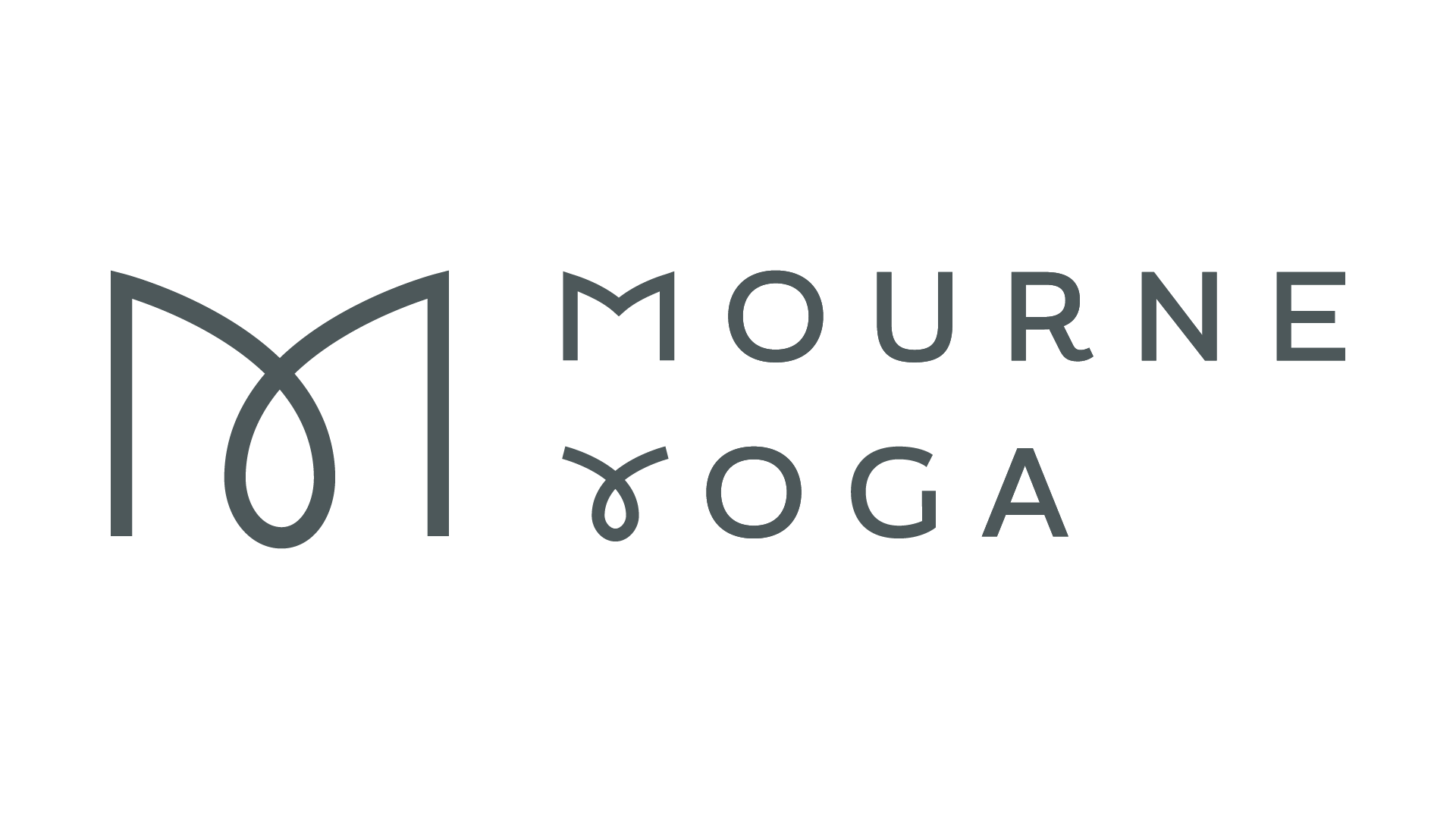To Adjust or Not to Adjust...
These are the results from an Insta poll I did the other day and I think the results are genuinely fascinating!
Almost 90% of you who took the poll like to be physically adjusted by your teacher in a yoga class.
This is a subject that is hotly debated in the yoga community, particularly by teachers who are increasingly moving away from manually adjusting their students.
Now there are no rights or wrongs here. Hands-on adjustment is a pretty subjective topic which is why I think it’s important to canvas opinion and offer people the opportunity to let their teachers know what they prefer.
The case for stepping away from a hands-on approach
From what I can garner, the main reasons that teachers are moving away from hands-on adjustments (and this list is not exhaustive) can typically be broken down into:
Injuries – as teachers we don’t always know if a student is carrying an injury and whether your approach to adjustment as a teacher could aggravate that injury. There is also a lot to be said for teachers with little experience or knowledge causing an injury by manual adjustment. This is not a yoga story, but I was chatting to my physio once who recounted the tale of someone training to pole dance, whose instructor promised they’d be able to do the splits by the end of the training. This student got about ¾ of the way into a full split and then the teacher quite literally jumped on their legs for the final manoeuvre. Well, you can imagine the injuries this poor person sustained. Stories like this make me pretty sick.
Trauma – we also don’t know what experiences our students have had in the past and what, for the teacher, might be a seemingly innocuous touch of a hand could trigger for someone. Quite rightly we have to be mindful of each individual person.
Abuse – there have been some pretty high profile, and not-so-high profile cases of teachers taking advantage of their position with students. And while not limited to our industry, the nature of what we do can give teachers the cover or the vehicle to abuse their position. Equally, it can also provide an environment in which intention can be interpreted in different ways and that makes things very difficult for all concerned.
For these reasons alone, I understand teachers’ inclination to take a step back and develop clearer language to encourage students to find space in different poses.
Why I like manual adjustments
But I also come from a background where, as a student, I was manually adjusted by my teachers and I really liked it most of the time. And as a teacher, I was also taught how to manually adjust which I also like to have in my tool kit.
Different learning styles. As a golfer in my former life I spent a period of time trying different coaches, which is what you do when you’re trying to get better. But I seemed to hit this barrier with a lot of them where, as a teenager, I didn’t really understand what they were saying. The Leadbetter clock-face approach was in fashion at the time, along with a lot of other complicated philosophies which didn’t resonate. Then I found this coach who was AMAZING. Because he explained to me relatively simply what he wanted me to do and then he literally maneuvered my body, arms, hands etc into a position where I could understand what those instructions would FEEL like. Because when it came to physical activity, I learned best through feel. And it was a game-changer– within two years I’d secured a scholarship to the US.
Now, the end result here is irrelevant in that yoga isn’t a goal-oriented practice and we’re not trying to achieve a perfect end pose. But we are trying to challenge ourselves and grow, create a bit more space in the body and enjoy the benefits that brings. And sometimes, for some people, that needs a teacher to put their hands on a student (in a confident, knowledgeable and non-creepy way) and adjust them in a way that will help them feel.
And sometimes it just feels really good too.
Injury: the flip side of the coin. There are also times in a class where I have to weigh up whether the position that someone is in is likely to injure them more if I don’t step in. And if I think they are going to hurt themselves, I will.
So, for these reasons, I will continue to be a hands-on teacher with the consent of my students. But I do so with a few things in mind:
· My touch will always be firm. For me there is nothing worse than being adjusted with a very light touch, it conveys uncertainty and if you’re uncertain as a teacher, then don’t adjust.
· I’ll only adjust for a reason. If you look like you’re really feeling the pose yourself there is absolutely no need for me to step in.
· And if there is a reason I adjust you, I’ll do my level best to explain what I’m doing and why at the same time!
But as the poll suggests, different people like different things and so for those reasons, we’re going to be introducing a simple and discrete system to let the teacher know whether or not you want adjusting or not. Watch this space!
